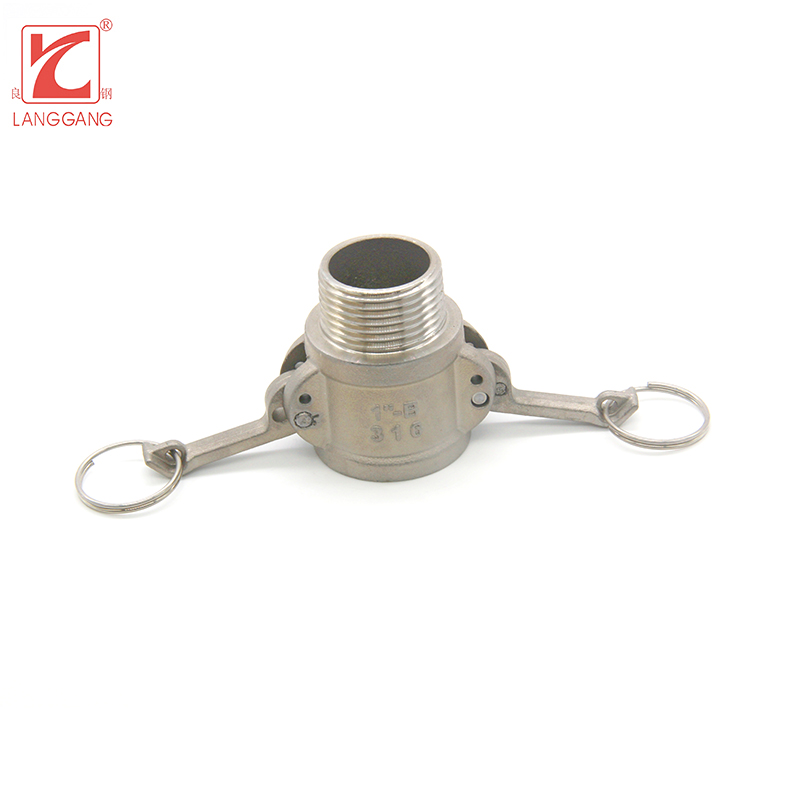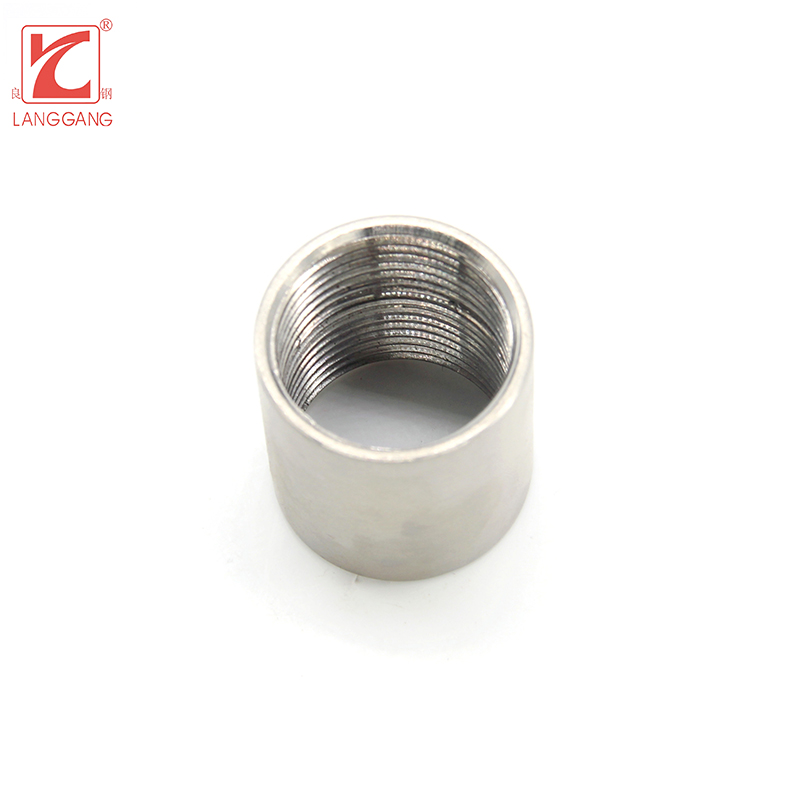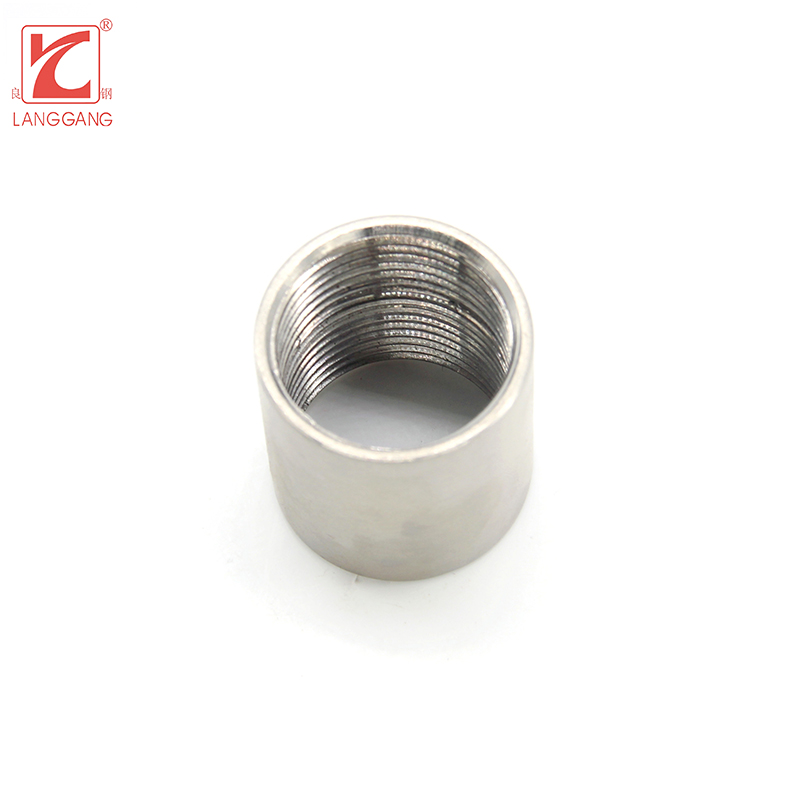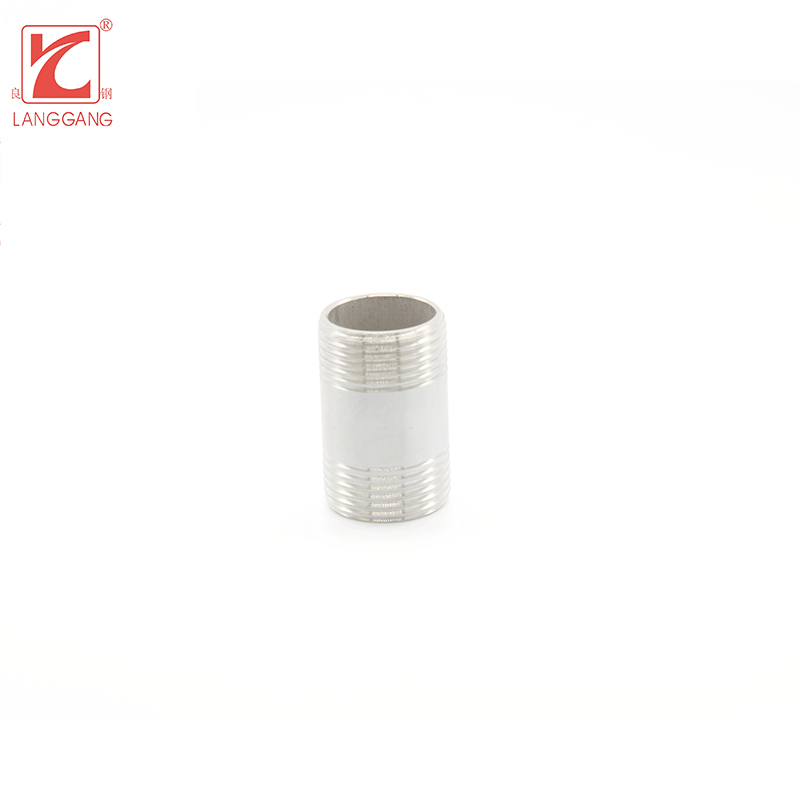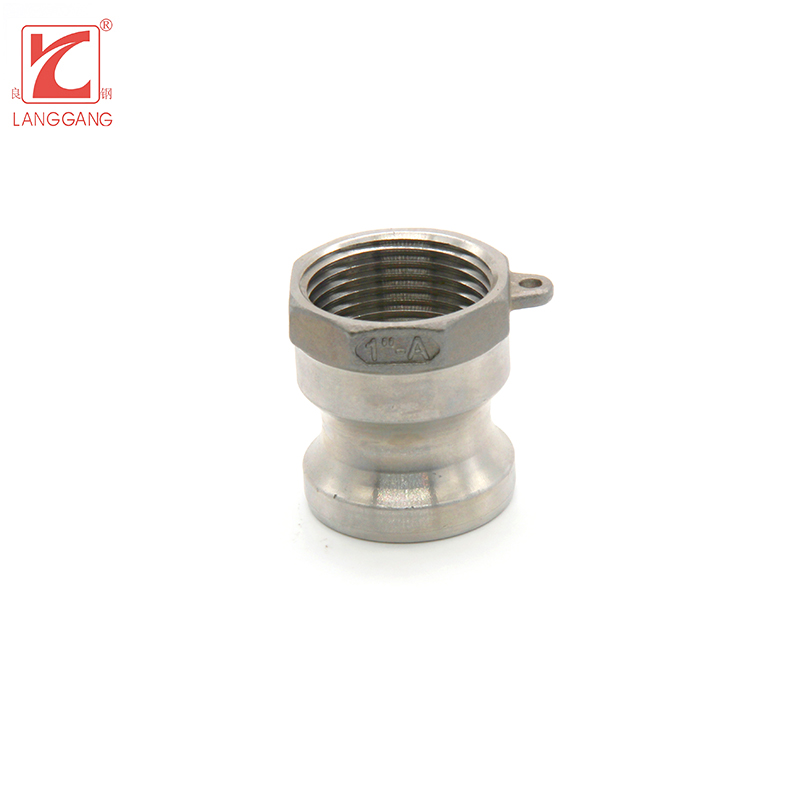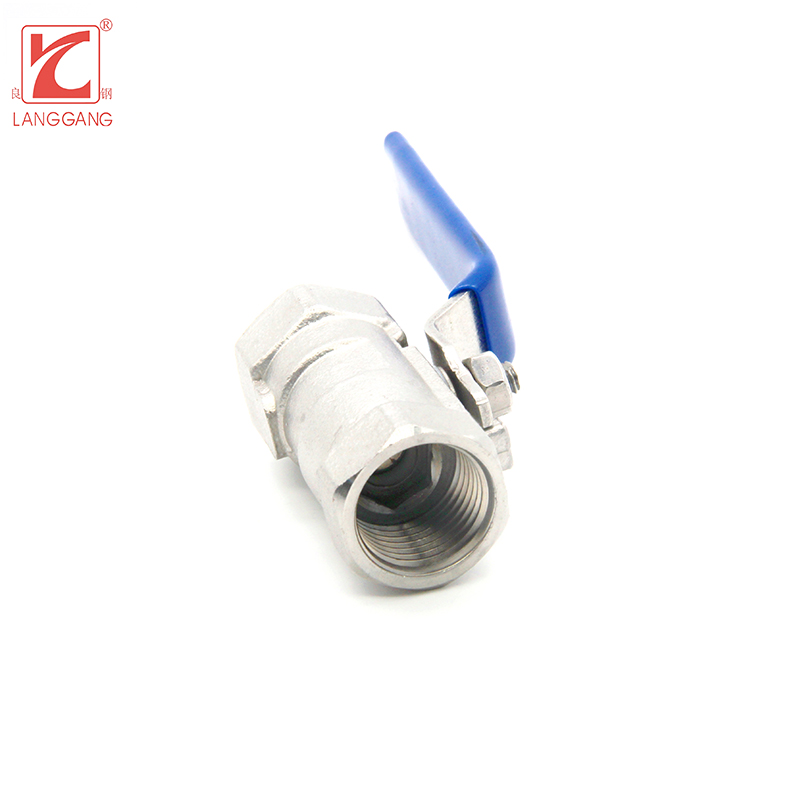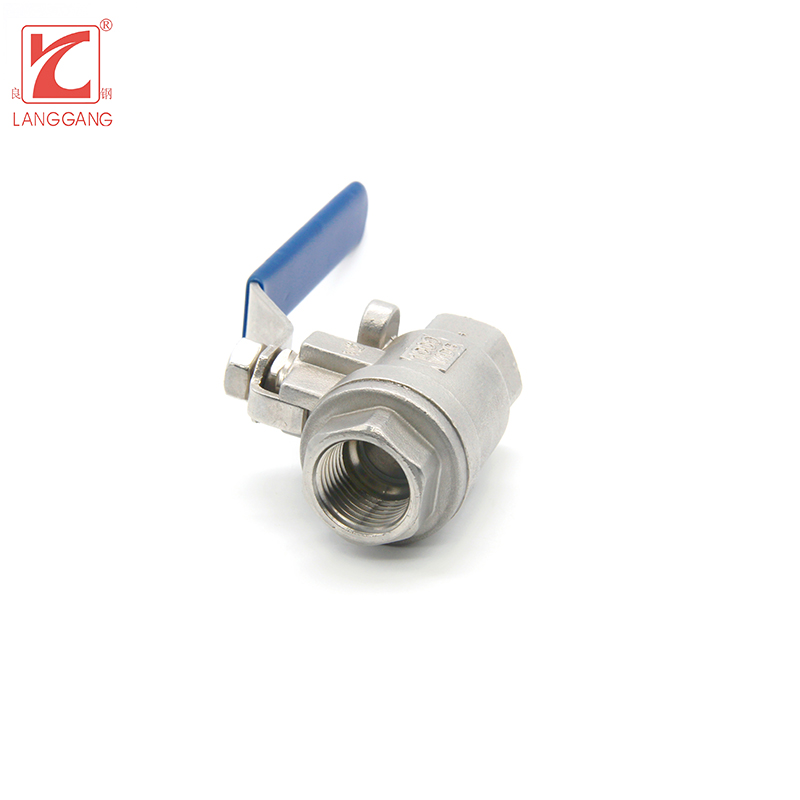What is a Coupler Male Pipe Fitting?
Introduction
Coupler male pipe fittings, also known as quick connect/disconnect fittings, are used to join two pipes together securely and quickly in various plumbing and fluid transfer systems. They typically feature a male-threaded end that fits into a female-threaded end of another fitting component.
These fittings are designed with a simple push-to-connect mechanism, which allows for a fast and easy connection and disconnection without the use of any special tools or equipment. The coupling mechanism usually consists of two main components: the body and the sleeve. The body includes the male thread that screws into the female-threaded end, while the sleeve is pushed back to expose the locking mechanism for convenient connection.
Coupler male pipe fittings are available in different materials such as brass, stainless steel, plastic, and other alloys, depending on the system requirements and the type of fluids being transferred to ensure compatibility with a wide range of chemicals, solvents, and gases. These fittings are widely used in chemical processing plants, water treatment facilities, pharmaceutical industries, food processing, and many other applications that require reliable and efficient fluid transfer mechanisms.
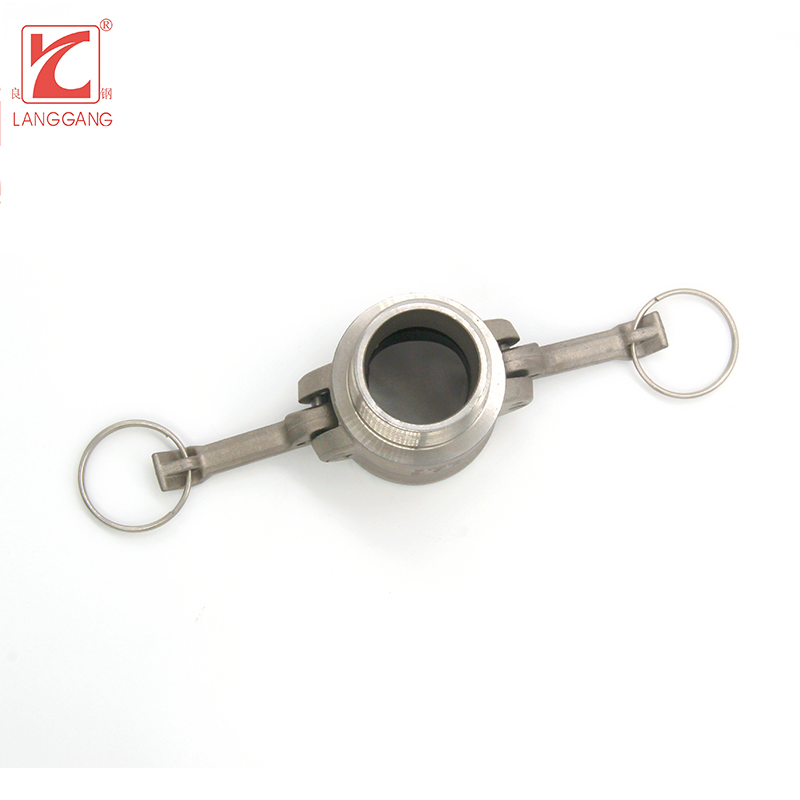
Types of Coupler male pipe fittings
There are several types of coupler male pipe fittings, each designed to meet specific requirements and applications. Here are some of the most common types:
1. Standard Couplers: These are the most basic type of coupler male pipe fittings. They consist of a cylindrical shape with external threads on one end, which allows it to be screwed into a female-threaded pipe. They typically come in brass or stainless steel and can handle moderate pressure and temperatures.
2. Dry Disconnect coupler male fittings - These fittings offer extra security against accidental release, and they are particularly useful in applications involving hazardous or viscous materials.
3. Camlock Couplers: These couplers have a quick-release design and are often used in industrial settings where frequent connections and disconnections are required. They have male and female cam arms that attach quickly and securely to each other for a tight seal. They are commonly made from aluminum, stainless steel, or brass and can withstand high-pressure applications.
4. Claw coupler male fittings - Claw couplers employ two metal claws that grip onto the female coupling securely for high-pressure applications and fast disconnection.
5. Hydraulic coupler male fittings - These couplers provide a secure, leak-proof connection between hydraulic lines in heavy-duty systems.
6. Push-on coupler male fittings - These fittings require only manual pressure to join pipes quickly and easily without the need for additional tools or equipment.
7. Compression coupler male fittings- Compression fittings create a leak-proof joint by compressing a gasket material between two mating surfaces.
Sure, I'd be happy to provide an introduction to types of coupler male pipe fittings.
8. Barbed Couplers: These couplers are ideal for use with hoses or tubing and feature barbs on one end that fit inside the hose. The outside of the coupler has threads that allow it to be screwed into a female pipe. These fittings come in various materials ranging from plastic to brass or stainless steel and can handle moderate temperatures and pressures.
9. Ferrule Couplers: These fittings have a compression design and are typically used in high-pressure applications. They consist of a threaded connector, a ferrule, and a nut that press upon the pipe's end, compressing it to create a tight seal. They are typically made from brass or stainless steel and can handle high-temperature and high-pressure applications.
Couplers are a type of pipe fitting used to connect two pipes together. Male pipe couplers are designed to fit into the end of a female threaded pipe and create a secure, leak-proof connection. There are several different types of coupler male pipe fittings, each with its unique design and functionality.
Working Principles
The working principle of coupler male pipe fittings is relatively simple. The nipple half of the fitting is inserted into the coupler half, and the two halves are locked together by twisting the coupler body. This creates a tight seal between the two halves, which allows fluids to flow through the fitting without any leakage.
In order for this process to work effectively, it is important that both halves of the fitting have matching threads and sizes. The nipple half typically has external threads, while the coupler half has internal threads. When these two halves are joined together, the threads interlock, creating a secure connection.
One of the key features of coupler male pipe fittings is their ability to operate without the need for tools. This makes them ideal for applications where frequent disconnections and reconnections are required. For example, in automotive repair shops, mechanics often use quick-connect fittings to quickly change out hoses and other components.
In addition to their ease of use, another advantage of coupler male pipe fittings is their durability. They are typically made from high-quality materials such as stainless steel, brass, or aluminum, which ensures that they can withstand extreme temperatures, pressure, and harsh operating conditions.
Techniques of Using
Overall, when working with coupler male pipe fittings, it’s important to choose the right technique and tools based on the specific application and materials being used. Proper installation and maintenance can help prevent leaks and ensure the longevity of the piping system. Below are some common techniques used for coupler male pipe fittings:
1. Thread sealant - A thread sealant is applied to the threads of the male pipe fitting before it is screwed into the female threading of the other pipe. This helps create a tight and secure seal between the two pipes.
2. Teflon tape - Also known as plumber's tape, teflon tape is wrapped around the threads of the male pipe fitting before inserting it into the female pipe. This provides an additional layer of sealing and lubrication to prevent leaks.
3. Thread compound - Similar to thread sealant, thread compound is a type of paste or adhesive that is applied to the threads of the male pipe fitting before it is screwed into the female pipe. It helps prevent leaks and can also make the connection easier to disassemble in the future.
4. Tightening torque - When installing a male pipe fitting, it’s important to use the correct amount of tightening torque to ensure a tight seal without damaging the pipes or fittings. Over-tightening can lead to cracked pipes or stripped threads, while under-tightening can cause leaks.
Conclusion
Coupler male pipe fittings offer a convenient way to connect pipes securely and quickly, saving time and resources, especially when compared to traditional threaded connections that require extensive preparation work and sealing process. Their simplicity and effectiveness make them an ideal choice in a wide range of industrial and commercial settings.
LGfittingvalve is a professional Coupler male pipe fittings manufacture provides all kinds of Stainless Steel pipe fittings and valves.Feel free to contact us if you are looking for Coupler male pipe fittings for your project or store.


